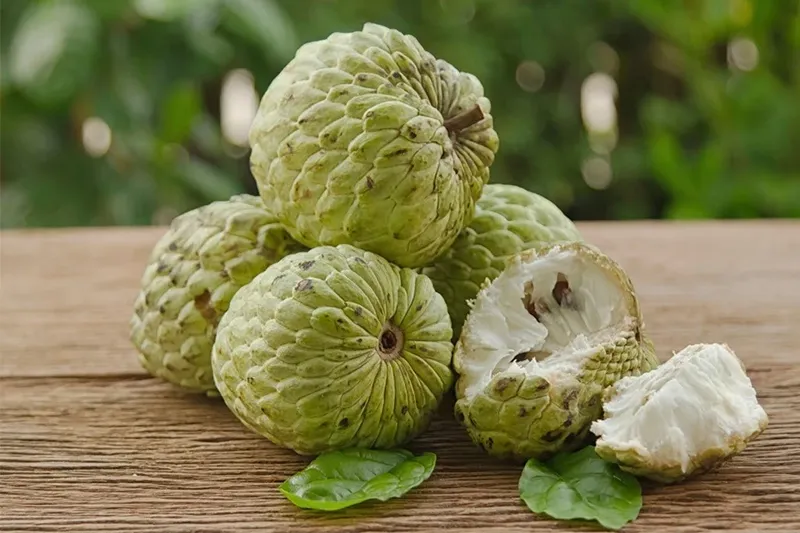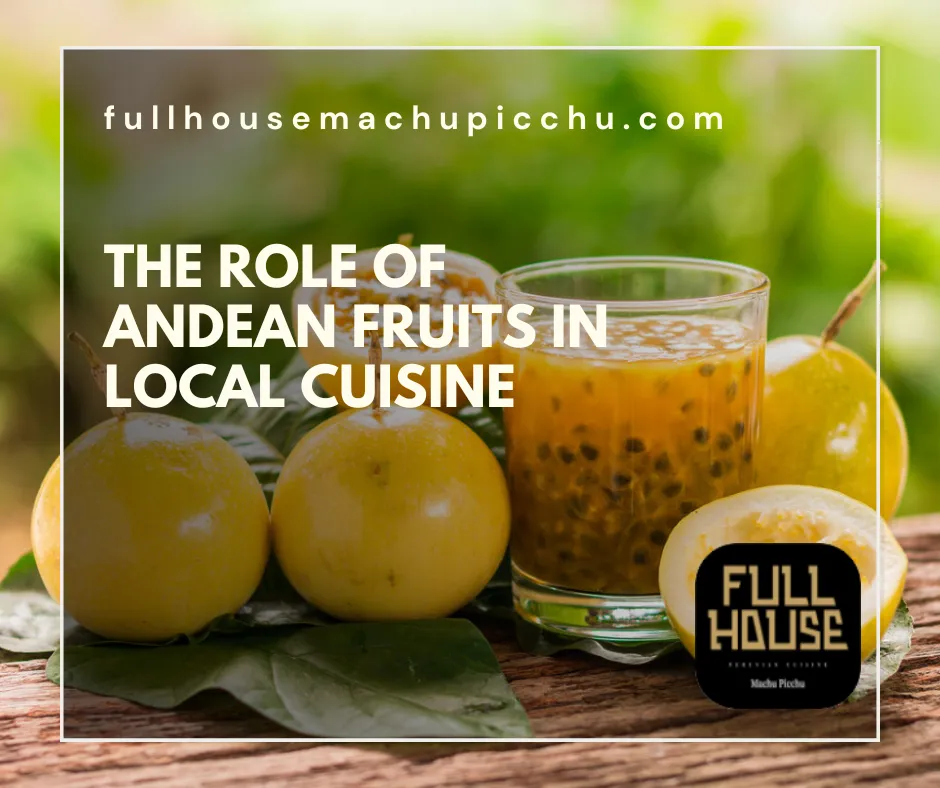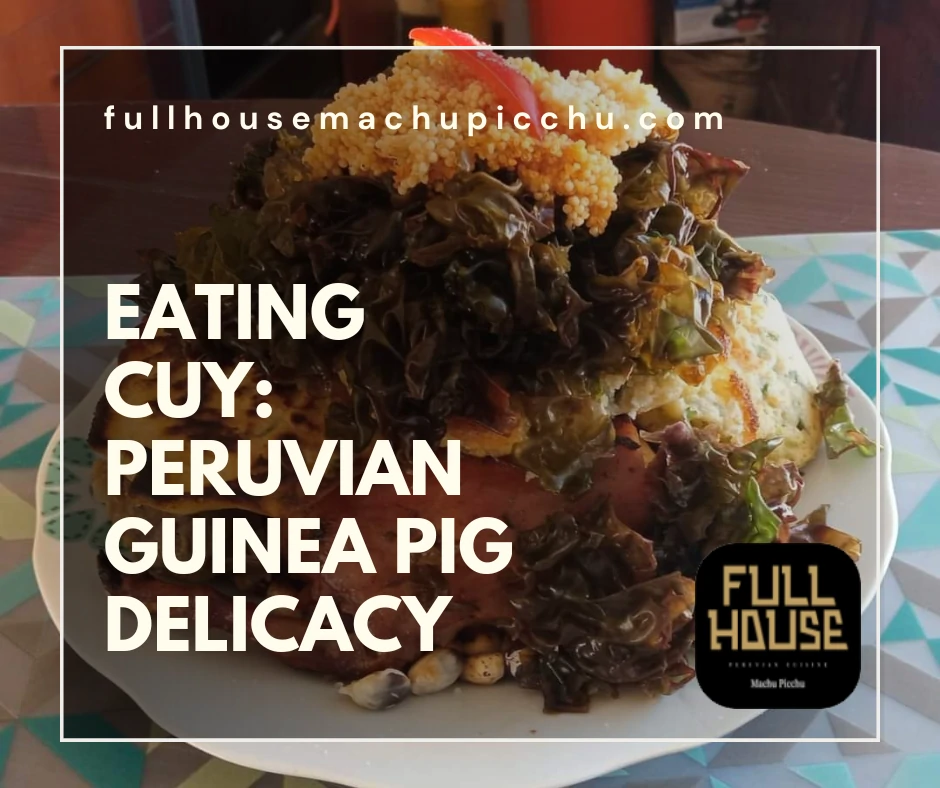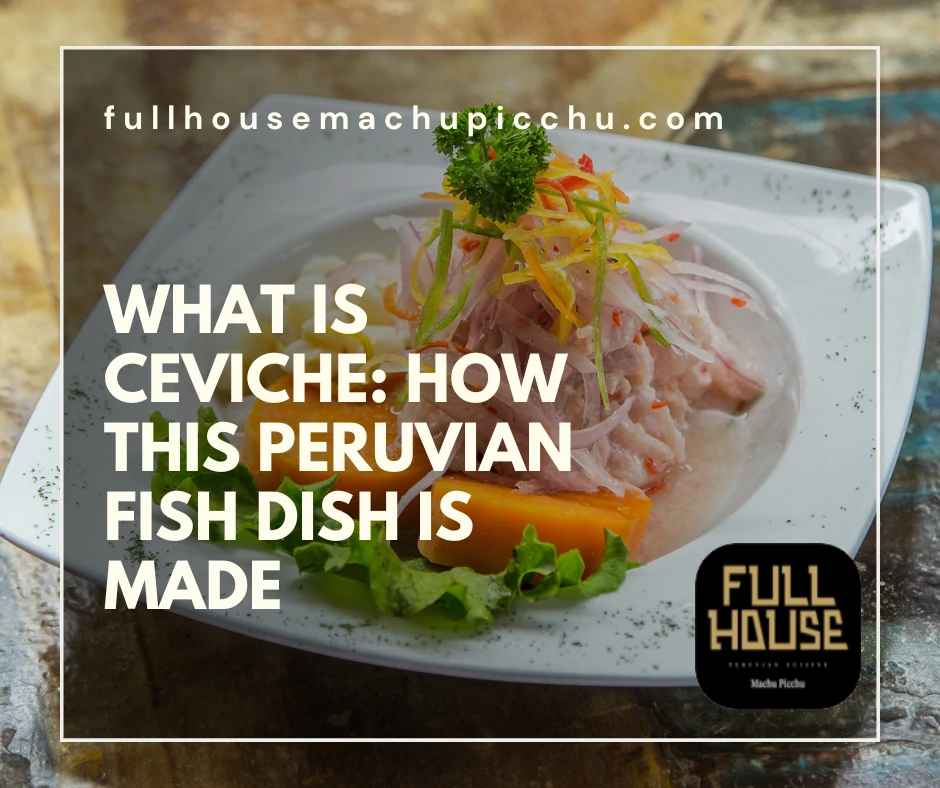Andean fruits, a diverse and flavorful array, are nature’s treasures nestled in the high-altitude landscapes. They not only add vibrant colors to the region’s palette but also shape its culinary identity. Their sweetness, tang, and richness permeate many traditional dishes, making them integral to Andean gastronomy.
Local chefs and home cooks alike have been using these fruits for generations. They’ve created dishes that celebrate the harmonious marriage of natural sweetness and savory flavors. Through these creations, Andean fruits underscore their importance in the region’s culinary tapestry.
Nature’s bounty: The rich variety of Andean fruits
The Andes, with its diverse climates and terrains, offers a unique variety of fruits. These fruits are not only delicious but also rich in nutrients. They’ve played a significant role in sustaining communities, aligning with principles of Inca nutrition.
Andean fruits like lucuma and cherimoya stand out distinctly. Lucuma, often dubbed the “Gold of the Incas”, has a creamy texture and sweet flavor. Chirimoya, with its soft flesh, offers a taste reminiscent of tropical blends.
Passionfruit and camu camu are other gems from the Andes. Their tangy flavors enrich many beverages and desserts. They don’t just stop at sweet offerings. Some, like the tart aguaymanto, add zing to Peruvian salads.
These fruits, while varied in flavor, share common ground. They are rich in vitamins, minerals, and antioxidants. These nutritional properties made them essential in ancient diets and continue to do so today.
Many of these Andean fruits have now gained global recognition. Their unique flavors and health benefits have garnered them fans worldwide. Yet, their true essence lies in the local dishes of the Andes.
Andean fruits not only feed the body but also the soul. They carry stories of ancient civilizations, traditions, and communal celebrations. Today, these fruits remain a testament to the region’s rich biodiversity.
These fruits embody the region’s bountiful nature. From sweet to tart, creamy to juicy, they offer a spectrum of tastes. Through their presence in local cuisine, they celebrate the Andes’ rich heritage and abundance.

From orchards to plates: Incorporating fruits in traditional dishes
The journey of Andean fruits from orchards to plates is a tale of tradition and innovation. Harvesters, honoring ancient practices, pick these fruits at their peak freshness. Once harvested, these fruits become the stars of many culinary creations.
Local chefs and home cooks treasure these fruits. They skillfully weave them into traditional recipes, showcasing their versatility. A simple dish can become a symphony of flavors with the right fruit inclusion.
Peruvian salads, for instance, often feature Andean fruits for a burst of sweetness. Aguaymanto or passion fruit can add zest, balancing out savory elements. These fruits are not just toppings; they’re integral to the dish’s identity.
Edible flowers often accompany these fruits in dishes. Their subtle flavors and visual appeal elevate the culinary experience. Together, they celebrate the Andes’ rich flora in every bite.
Desserts, too, have embraced Andean fruits wholeheartedly. Lucuma ice cream or cherimoya mousse captures the essence of the region’s sweet offerings. These desserts, while modern, root themselves in age-old traditions.
They also find their way into beverages. Freshly squeezed juices or cocktails highlight their unique profiles. They refresh, nourish, and transport the drinker to Andean landscapes.
Incorporating these fruits into traditional dishes isn’t just about taste. It’s about honoring history, biodiversity, and cultural significance. Through each dish, these fruits narrate tales of past generations, local traditions, and communal gatherings.
Andean fruits bridge the gap between orchards and culinary masterpieces. They’re not just ingredients; they’re ambassadors of Andean heritage. Through their presence in dishes, they ensure that traditions remain alive and celebrated.

Cultural and nutritional significance: Andean Fruits in daily diets
Andean fruits are not mere delicacies; they carry deep cultural and nutritional significance. For generations, these fruits have been central to daily diets in the Andes region. Their flavors embody the spirit of the Andean landscapes and its people.
Historically, Andean communities relied on these fruits for sustenance. Their rich nutritional profiles provided essential vitamins, minerals, and energy. Daily consumption of these fruits ensured health and vitality for locals.
These fruits, like cherimoya and lucuma, have notable health benefits. They support immune function, enhance digestion, and provide antioxidants. Regular consumption can boost overall well-being and vitality.
Beyond nutrition, Andean fruits hold cultural significance. They appear in folk tales, myths, and local celebrations. These fruits tie communities together, fostering unity and shared experiences.
Andean cuisine, rich and diverse, showcases these fruits prominently. They aren’t mere additions but stars of many dishes. From salads to desserts, Andean fruits elevate every meal they touch.
But it’s not just about taste and nutrition. Using these fruits in daily diets celebrates heritage. Every bite becomes a reminder of ancient practices, traditions, and the region’s bountiful nature.
Today, while modern foods enter daily diets, Andean fruits remain steadfast. They act as bridges between the past and present. They ensure that while tastes evolve, roots stay grounded.
These fruits serve dual roles in daily lives. They nourish the body and feed the soul. Through their presence in daily diets, they reinforce the importance of preserving and celebrating Andean traditions and well-being.




